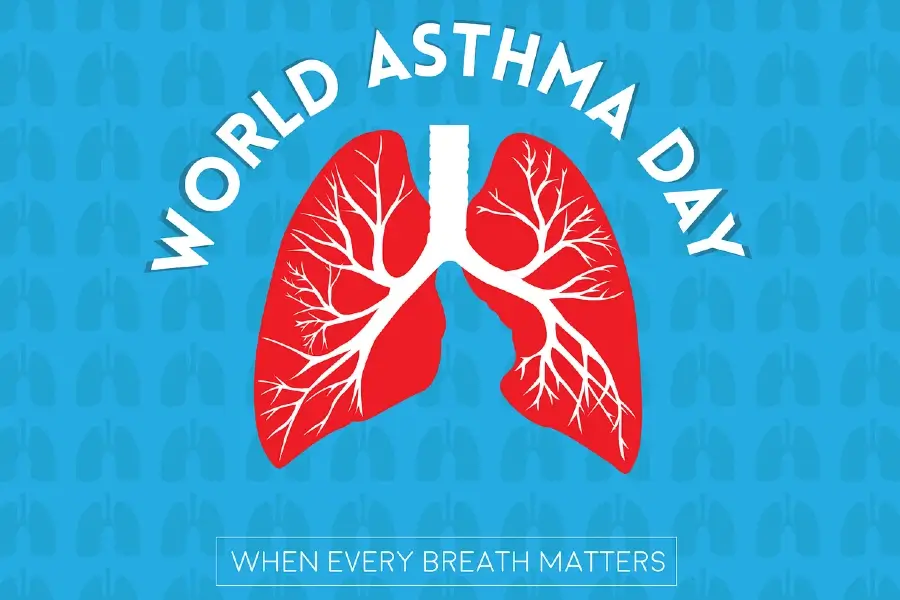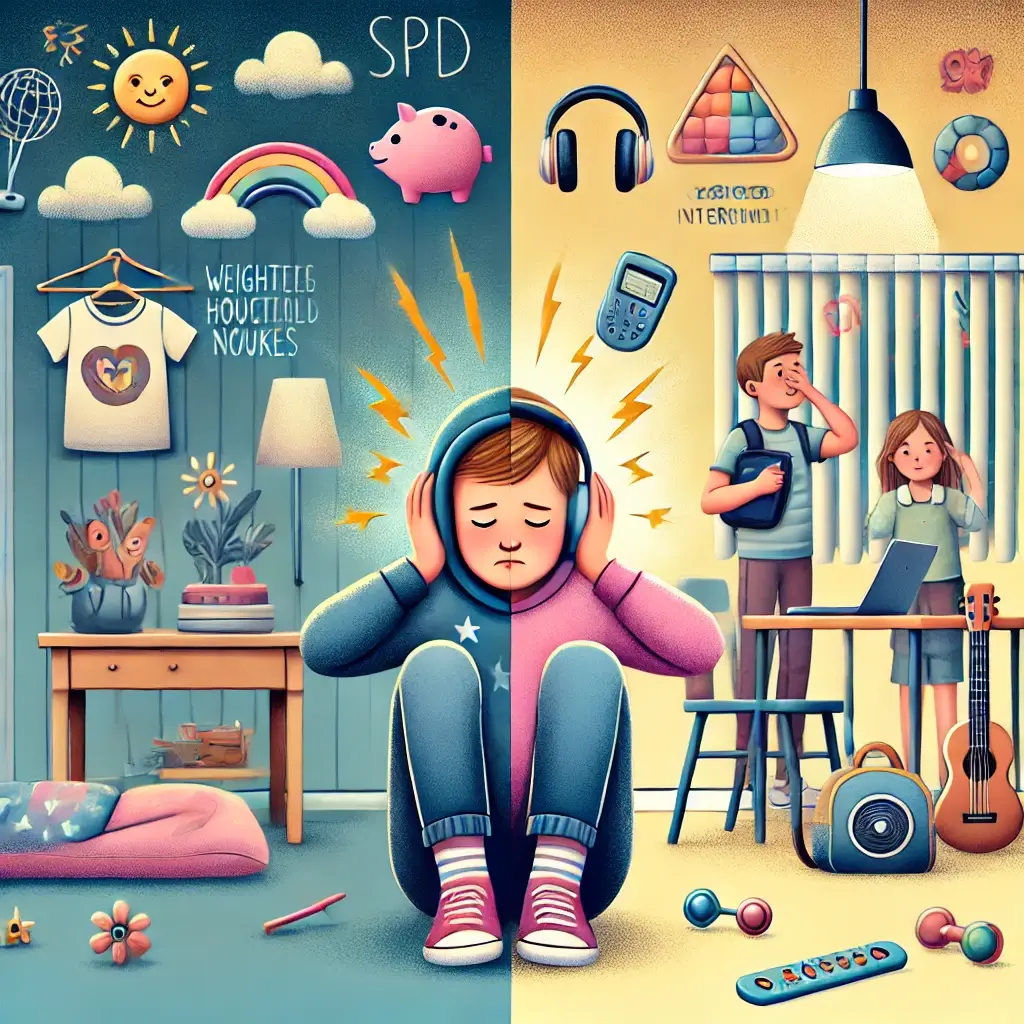Air Purifiers and Ozone Emissions are Potential Lung Irritants
It is critical to be aware of the potential ozone emissions from air purifiers, especially when contemplating their use for children with asthma. Here’s a breakdown of the issue:
Ozone and Lung irritation:
Ozone Properties: Ozone (O3) is a gas molecule that contains three oxygen atoms. At ground level, it causes lung irritation. Inhaling ozone can cause respiratory issues such as coughing, wheezing, and shortness of breath.
Air Purifier Ozone Emissions:
Ionizers: Certain air purifiers, particularly those equipped with ionizers, can produce ozone as a byproduct during operation. Ionizers electrically charge air particles, making them more straightforward to catch by filters. However, this mechanism can produce ozone molecules.
The impact on asthmatic children:
Vulnerability: Children with asthma are already more susceptible to airway inflammation and respiratory distress. Their airways are more reactive and prone to inflammation, especially when exposed to environmental stressors. Exposure to ozone, a dangerous pollutant, can worsen this illness.
Air purifiers are intended to enhance indoor air quality. Still, some versions may unintentionally emit ozone due to the purifying process. This ozone can then be released into the atmosphere, posing a severe risk to children with asthma.
Furthermore, repeated exposures may have cumulative effects, potentially increasing the severity and frequency of asthma attacks.
Inhaling ozone can further irritate and inflame the airways, resulting in more severe asthma symptoms such as coughing, wheezing, chest tightness, and difficulty breathing.
Even low levels of ozone exposure might cause problems for children with asthma. Their lungs are still developing, and the ozone-induced inflammatory response can decrease lung function and jeopardize respiratory health.
Furthermore, repeated exposures may have cumulative effects, potentially increasing the severity and frequency of asthma attacks.
Parents and caregivers of asthmatic children must be informed of the risks connected with ozone-generating air purifiers. Carefully selecting ozone-free air purification systems, maintaining sufficient ventilation, and monitoring air quality can all help reduce the dangers and protect the health of children suffering from this chronic respiratory ailment.
Look for air purifiers that include HEPA filters and are certified for low ozone emissions.
Choosing A Safe Air Purifier:
Look for air purifiers that include HEPA filters and are certified for low ozone emissions. Some purifier models let you disable entirely the ionizer function.
Certifications: Organizations such as the California Air Resources Board (CARB) have certified that the purifier meets stringent ozone emission limits.
Here are some more tips:
Before You Buy: Read reviews and learn about air purifiers’ features, filter types, and probable ozone emission levels.
Consult a doctor: Discuss air purifiers with your child’s doctor. They can help you decide whether an air purifier is appropriate for your child’s asthma treatment plan and recommend models with reduced ozone emissions.
Understanding the potential negatives of ozone emissions from air purifiers allows you to make informed decisions that optimize the benefits
Alternatives to Allergy and Asthma Control:
HEPA Filters Without Ionizers: Air purifiers that use HEPA filters but do not include ionizers reduce the possibility of ozone formation entirely.
Air Quality Improvement Tactics: In addition to medicine, other tactics, such as dust mite management, pet dander reduction, and proper ventilation, can significantly improve indoor air quality for children with asthma.
Remember that the goal is to provide your children with a safe and healthy environment. Understanding the potential negatives of ozone emissions from air purifiers allows you to make informed decisions that optimize the benefits while minimizing the dangers.













